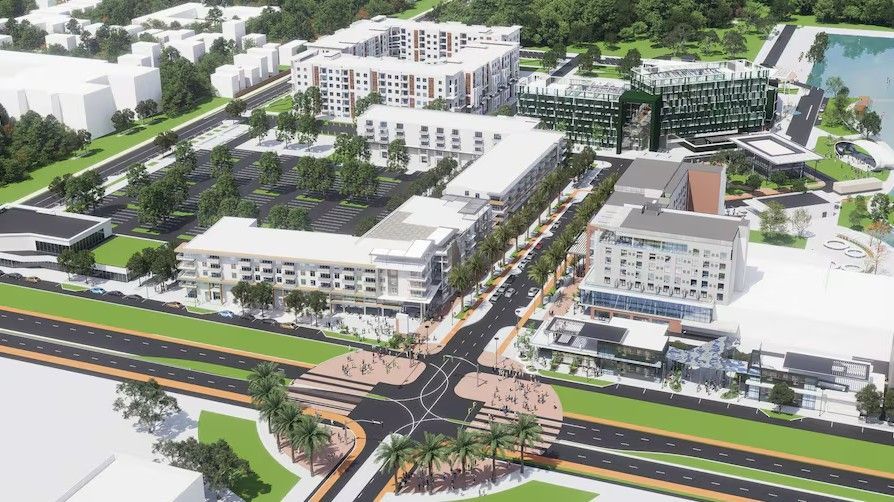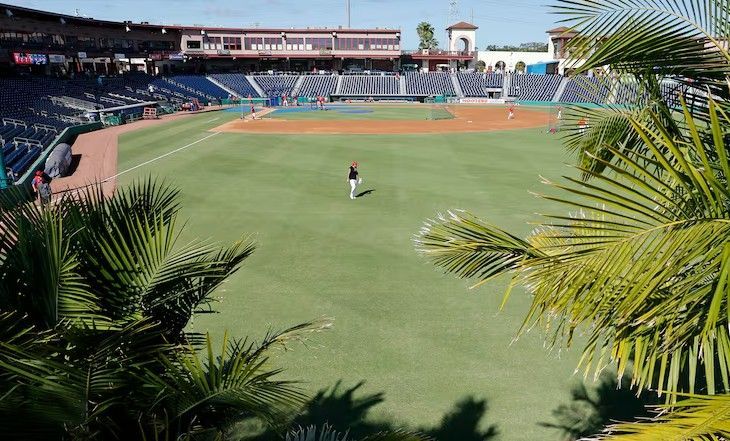Tampa's Office Market: Trends, Challenges, and Opportunities Heading into 2025
Tampa’s office market is evolving, with clear distinctions emerging between the city’s primary submarkets—Westshore and Downtown Tampa—and its secondary suburban areas. These changes are shaping the way tenants and investors approach office space in the region.
Westshore and Downtown: Where Tenants Want to Be
Westshore and Downtown Tampa continue to dominate demand. With their central locations, new construction, and abundance of high-quality Class A buildings, these submarkets are firmly established as the region’s most sought-after areas. Tenants are drawn to the convenience and prestige these areas offer, but this popularity comes at a premium.
For those seeking more affordable options, secondary suburban submarkets provide an alternative. Companies with larger space requirements often find significant cost savings in areas like Northeast Tampa or Gateway, where rents are 20% to 35% lower than in Westshore and Downtown.
Absorption Hits New Highs
Over the past two quarters, Tampa’s office market has seen over 400,000 square feet of positive absorption—the strongest performance in over three years. Much of this growth was driven by the aerospace defense company CAE USA, which moved into its new 290,000-square-foot headquarters in Westshore. Looking ahead, other major move-ins, such as Masonite’s new 128,000-square-foot headquarters, will likely help Tampa record another year of positive absorption in 2024.
Vacancy Rates Reflect Submarket Disparities
Tampa’s overall office vacancy rate remains stable at 9.6%. However, there are significant variations across submarkets. Westshore’s vacancy rate has hit a four-year low at 12%, while Northeast Tampa has seen an increase, with vacancy rates now exceeding 15%. This highlights the impact of location, amenities, and building quality on tenant decisions.
Asking Rents and Growth Trends
After years of rapid growth, rent increases have slowed. As of the first quarter of 2025, asking rents have risen 1.9% year over year, averaging $30 per square foot across the market. Class A buildings in Westshore and Downtown remain at the higher end, with rates exceeding $40 per square foot. In some premium buildings, like Thousand & One Water Street and Midtown West, asking rents range from $60 to $70 per square foot.
Interestingly, 3-star buildings are now leading the region in rent growth, with a year-over-year increase of 1.5%. These properties, often considered more affordable, are finding their niche as tenants look for cost-effective alternatives without sacrificing too much on quality.
Construction Slowdown and Selective Development
New office construction in Tampa has slowed significantly due to tightening lending requirements and market uncertainty. Developers are focusing on projects with substantial pre-leasing commitments. Notable developments include:
- Midtown East: A 430,000-square-foot office tower in the Midtown Tampa development, already 75% leased, with TECO as the anchor tenant.
- Gas Worx: A mixed-use project in Ybor City featuring a 115,000-square-foot office building that is 50% pre-leased to Grow Financial.
- Halcyon in St. Petersburg: A 130,000-square-foot speculative office building, the first in Downtown St. Pete in over 30 years, set to anchor The Central mixed-use development.
Sublease Space: A Double-Edged Sword
Tampa’s sublease market is showing signs of improvement, with available sublease space falling below 3 million square feet for the first time in two years. However, this still represents 23% of the market’s total availability, the highest concentration in Florida. Much of this space is in older, less competitive properties. High-quality sublease spaces, on the other hand, are attracting interest due to their lower asking rates compared to direct leases.
Investment Activity and Pricing Trends
Office investment activity in Tampa has slowed, with sales volume over the past year totaling $770 million, well below the five-year average of $1 billion. Cap rates have risen to 9.1%, reflecting the market’s cautious outlook. However, some high-profile transactions, such as the $151 million sale of 100 N Tampa, signal continued interest in premium assets. Pricing for office properties has declined, averaging $184 per square foot, down from a peak of $200 in 2022.
The Road Ahead
Market participants remain cautiously optimistic about Tampa’s office market. While demand is steady, many tenants are downsizing as they reassess their space needs. The lack of new supply could hinder Tampa’s ability to attract major corporate relocations, but it also limits oversupply risks.
Tampa’s office market continues to adapt to changing dynamics, with opportunities for growth in both primary and secondary submarkets. Whether you’re a tenant seeking space, an investor exploring opportunities, or a developer eyeing the next big project, understanding these trends is essential to making informed decisions in this evolving market.
SHARE CONTENT





